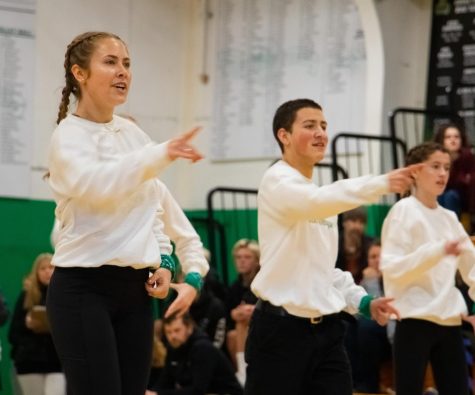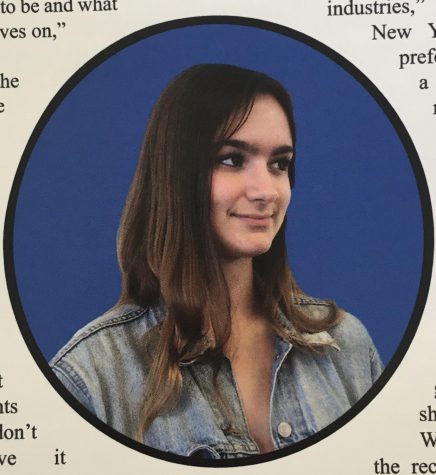Diversity training educates teachers
October 17, 2018
Every year, students rejoice after discovering that they have a substitute teacher at the front of the class. Substitute teachers indicate a movie, fun activity, or light work during the period, and there is usually a welcome respite from the onslaught of work students face daily.
For the past 20 years, teachers and staff members have provided substitutes not for a conflict or other traditional reasons, but in order to attend trainings on diversity and racial bias during the school day. According to principal’s administrative assistant Jolie Jacobs, 174 staff members district wide have attended the trainings.
The organization Beyond Diversity provides the trainings led by charismatic presenter Dr. Lori Watson. According to their website, the organization strives “to make our society free of all forms of oppression” and to encourage “courageous conversations about race” by offering workshops, trainings, and kits to help different communities achieve that goal.
Staff members from the school community decided to participate last year. One of these participants, English teacher Amity Hotchkiss, found that after 23 years of teaching, she found the trainings enlightening.
“Even though I’ve been teaching for many years, most of them have been in a community that’s mostly white,” Hotchkiss said. “After the trainings I am more conscious about how I treat students because I now know what I didn’t know about all their experiences.”
With a student body more racially homogenous than diverse, the district has authorized these trainings in an attempt to address this lack of perspective that results in “cultural omissions.” These omissions refer to cultural backgrounds, customs, experiences and histories that may be underrepresented in the school community.
Teachers who attended delved into learning about white privilege to gain perspective on the experiences of their students of color. Getting stopped randomly on the street or in stores, being terrified of being pulled over by cops, having different treatment and representation in academia, learning subjects like history from a purely white perspective, and not having representation in school clubs and newspapers are just some of the experiences about which white teachers and students may not have perspective.
Also, they learned about inequalities affecting students’ futures. There’s a skewed percentage of opportunity in higher education hidden by sports scholarships, academic prowess, legacy status, and specific niches. Only an estimated six percent of students of color in college get in with regular opportunity as opposed to these quotas.
According to Hotchkiss, the only way to create an equal but equitable community in and outside of the classroom is if people in the dominant, white culture consider the experience, needs, and treatment of those in any non-dominant cultures in the community.
“This absolutely should be mandatory,” Hotchkiss said. “I really recommend it to anyone.”
However, this training is not mandatory, and the school isn’t void of incidents involving racial or implicit bias. In 2015, there was the infamous ComAcad haunted house, which closed after students noticed a doll with a black head and white body hanging from a rope.
According to the The Marin Independent Journal, many people believe this shocking occurrence didn’t have a malicious intent, but it clearly outlined a lack of thoughtfulness and necessary cultural awareness in the student body.
The school has taken steps towards increasing cultural awareness among students since then, the most notable of which are the presentations about microaggressions on the first day of school by Students Organized Against Racism (SOAR).
Despite this, white students can still be heard singing racial slurs in music, in addition to microaggressions, and only a handful of teachers district wide, compared to the total number of staff, have attended the Beyond Diversity program.
“I’ve definitely experienced racial bias in the past,” senior Serena Campbell said. “But so far I haven’t noticed anything this year. The problem doesn’t get solved in just a year though.”
Trainings like Beyond Diversity are a step in the right direction for a school district with a majority of white students and encourages cultural inclusion, according to Hotchkiss. There is a way to go, however, in repairing the cultural omissions in this academic community.
“I think the only way that the race problem is really going to go away, among Drake teachers at least, is if they hire more diverse teachers,” Campbell said. “Because personally I have never in my entire life had a teacher who was Asian, Black, or Middle Eastern. I’ve only had one teacher of Latin heritage.”






